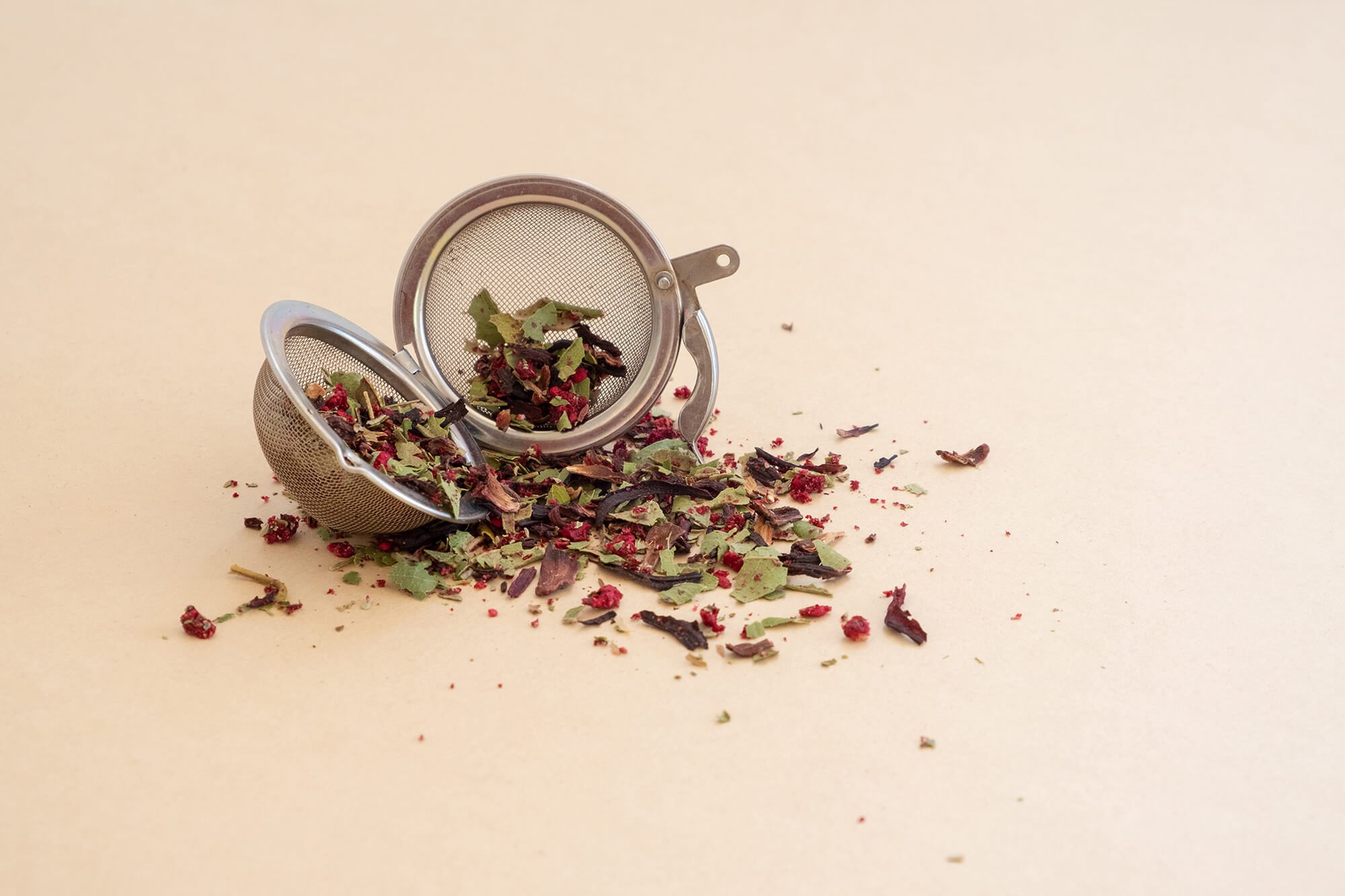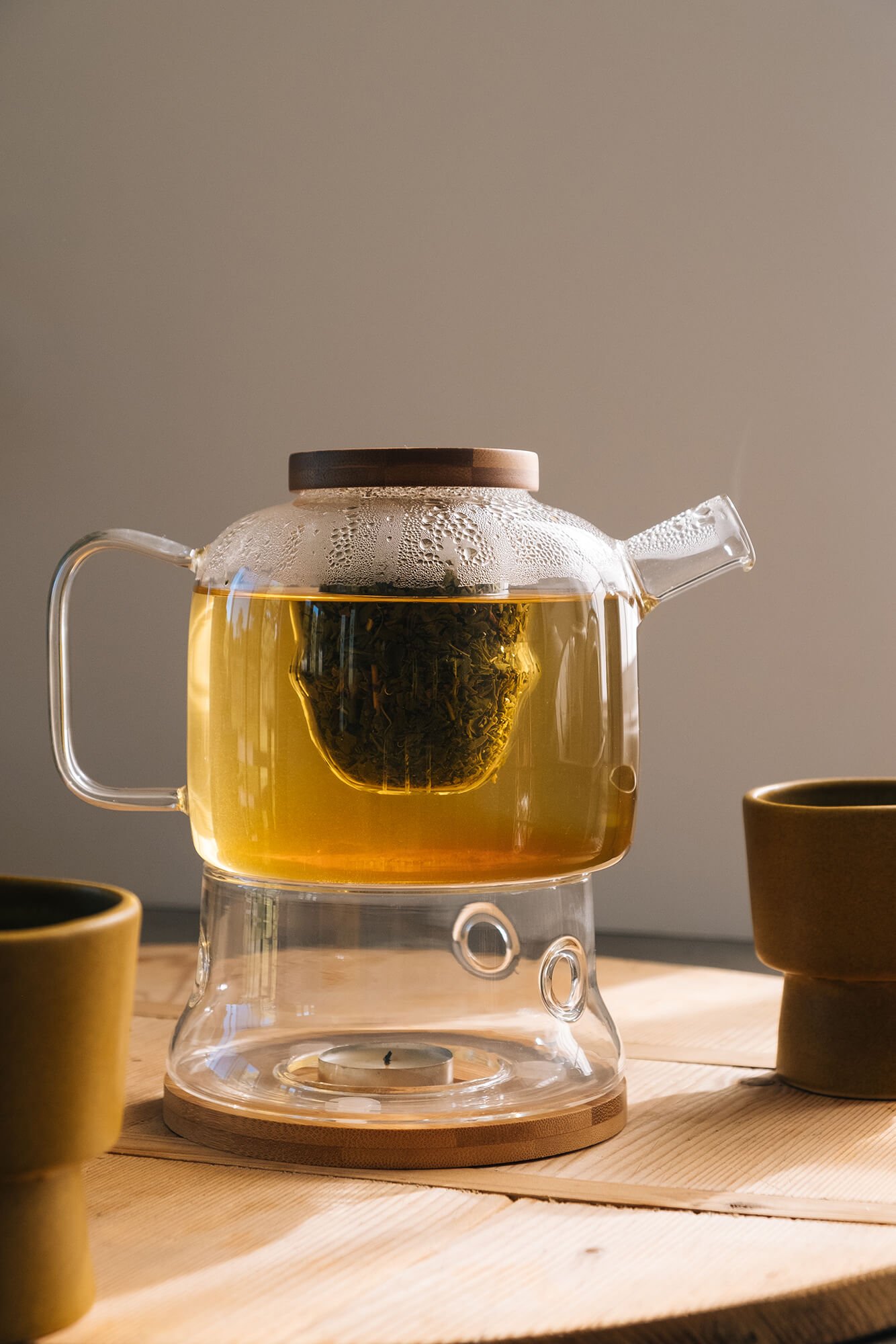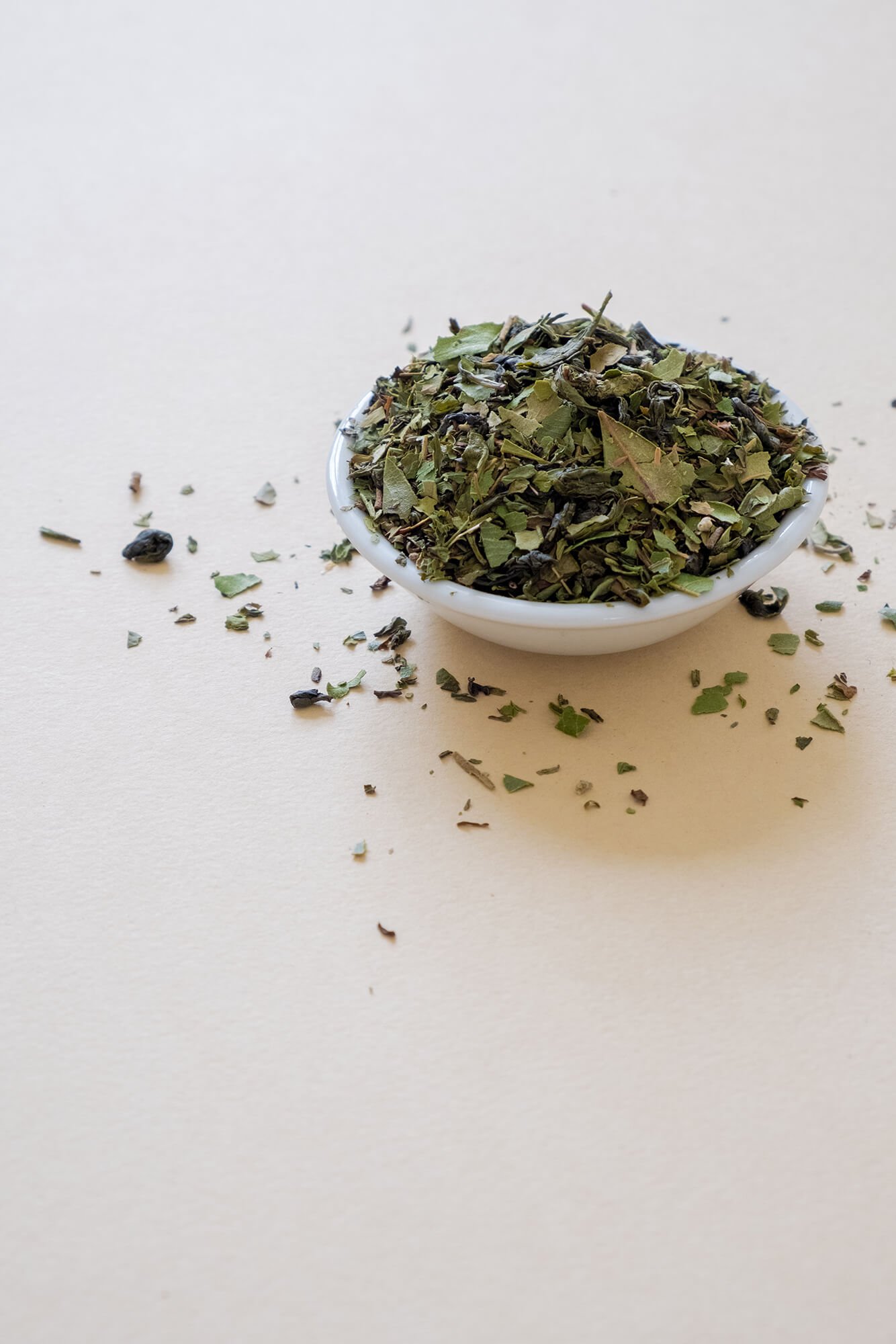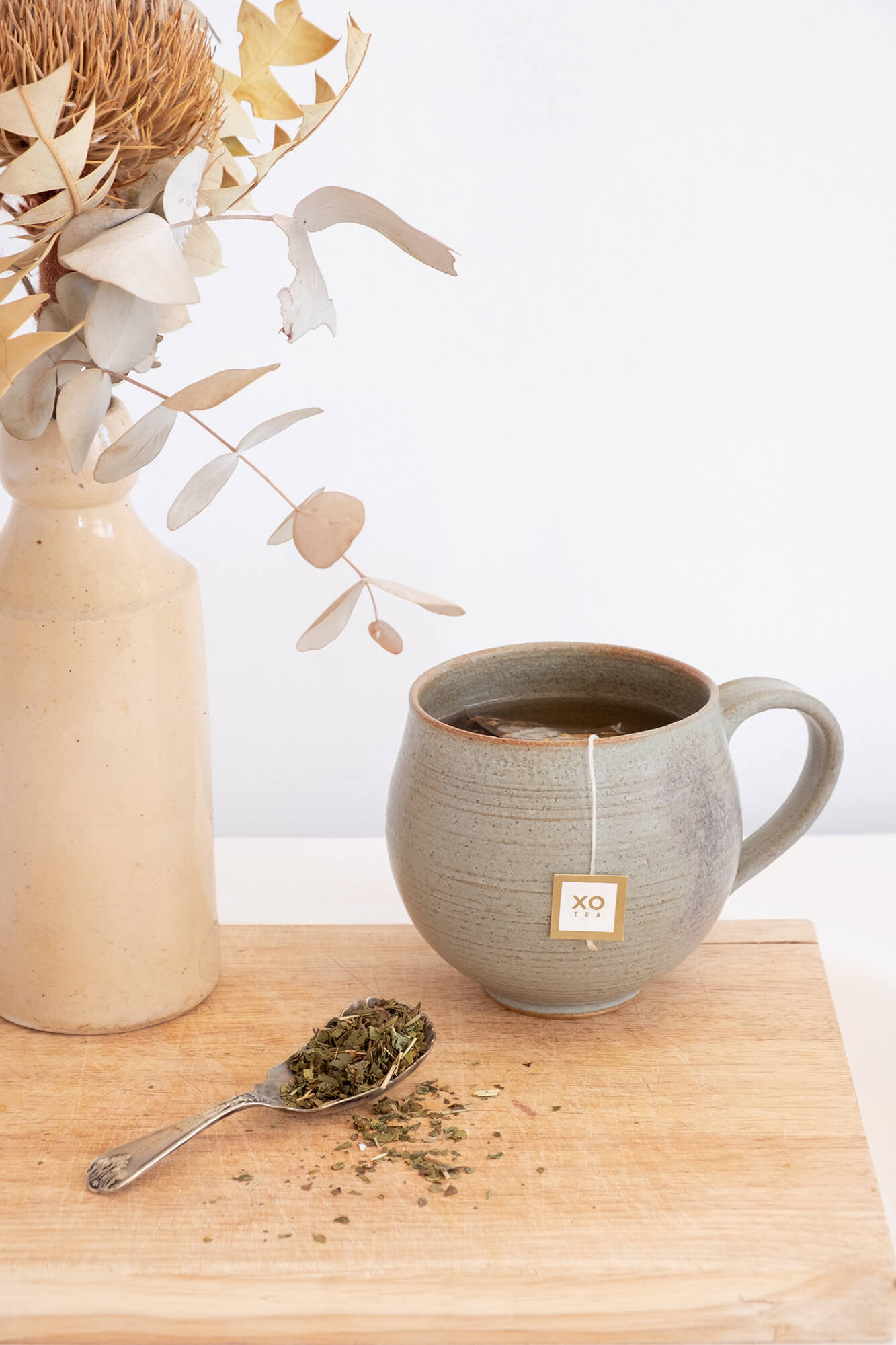The Truth About Tea Flavouring

12th April 2021
With an overabundance of information available online we are all more educated about what we’re consuming. From sodium and sugar to synthetic food stabilizers, colours and artificial sweeteners we as consumers are much more attuned to investigating the components of food we like to eat.
Luckily for us, tea is a simple product. It’s stable and hence requires no added assistance to be made commercial. However, as our flavour profiles change food companies are always trying to offer products that suit this changing market, which is why the addition of natural or artificial flavours has arisen over the last 30 years. So today I’d like to explore the use of flavourings so you can make the best choice for your tea consumption.
Firstly, let’s define what flavour is. Flavour is the sensation of taste, smell and feel that we get when we consume a food or drink. This sensation is the effect on our central nervous system of thousands of molecules inherent in that food or drink. These molecules are effectively chemicals, which give the product its distinct taste and smell. Food companies try to mimic this effect through natural and artificial flavours.

An artificial flavour is a chemical synthesis of the molecules described above created in a laboratory. The synthesis is purely artificial and from manmade sources. Further to this, these artificial flavours distort the composition of these molecules to having greater percentages of the ones that create a more intense smell or taste.
For example, a product with an artificial mango flavour will smell and taste even more potent than a mango itself! In tea, you can usually tell if your product has artificial flavour as the taste and smell of the product will be strong; so strong that it seems it doesn’t exist naturally.
Once the flavour has been made it needs a carrier, a medium to make the flavour stable and allow it to be applied to whatever application it is required. These stabilisers are generally solvents like propylene glycol, vegetable glycerin, hexane and triacetin. These are classed as food safe, however, they are also used in other industrial applications so personally I would never consume them.
Natural flavours are similar to the above in that they are molecules used to mimic a desired flavour, however these molecules are made from natural sources not synthetic. To create a particular flavour you might have molecules that are naturally inherent to 2 or 3 difference ingredients.
Ginger is a great example. To increase the spiciness of a natural ginger flavour, flavourists use eucalyptus, which increases the impact and heat. In tea, you can usually tell if your product has natural flavour because the taste and smell of the product will be mild as it can’t be made more intense by any naturally occurring molecules.
As there is no regulation on using the word natural vs artificial it can be very hard to tell whether the flavouring is artificial by packaging alone; many companies often misuse the two terms or use them interchangeably. And generally natural flavours have similar carriers to artificial flavours, so although the molecules are naturally occurring, they still use stabilisers.

Natural flavours under organic certification however are different. They are natural flavours as described above, but the carrier itself must also be natural. Water and alcohol are popular carriers here. Also, to be considered organic these flavours need to be extracted by natural methods like steam distillation or CO2 extraction.
In this form of natural extraction and carries, these flavours are considered oils, which are the closest you can get to the true ingredient you are trying to mimic. They generally only exist for spices, citrus fruits (like bergamot in our Earl Grey tea!) and some herbs, like peppermint. XO Tea primarily uses products under this category.
Note that this explanation of flavours is related to teamaking and may not apply to all industries. And in my opinion, the use of flavouring has gone overboard in tea. Many companies are dosing herbal teas with flavour, which is unnecessary if blended correctly. Herbs themselves have unique flavours and tastes that when combined appropriately can enhance a tea’s flavour profile whilst maintaining the integrity of the ingredients.

A great example of creative blending of herbs is our Native Uplift tea. I spent years adjusting the blend trying to get the right passionfruit taste profile to ensure customers get a 100% natural product that tastes real but also incorporates real herbs and flavours. I could have easily just added some passionfruit flavour, but instead I crafted an all-natural tea that highlights the benefits of bush plants and tastes great too!
You can tell if your herbal tea product has been heavily flavoured as the colour of the leaves are often stained and dark. If compared side by side, unflavoured leaves are naturally bright colour, but the flavoured leaves are brownish. Personally, as a teamaker I see no need to flavour caffeine-free teas unless using oils. To change the inherent natural flavour of an ingredient destroys the taste of that ingredient and perhaps even its medicinal benefit.
That’s it for this month. If you have any questions, please don’t hesitate to get in touch.
Keep sipping,
Arjun Kumar, Teamaker
XO